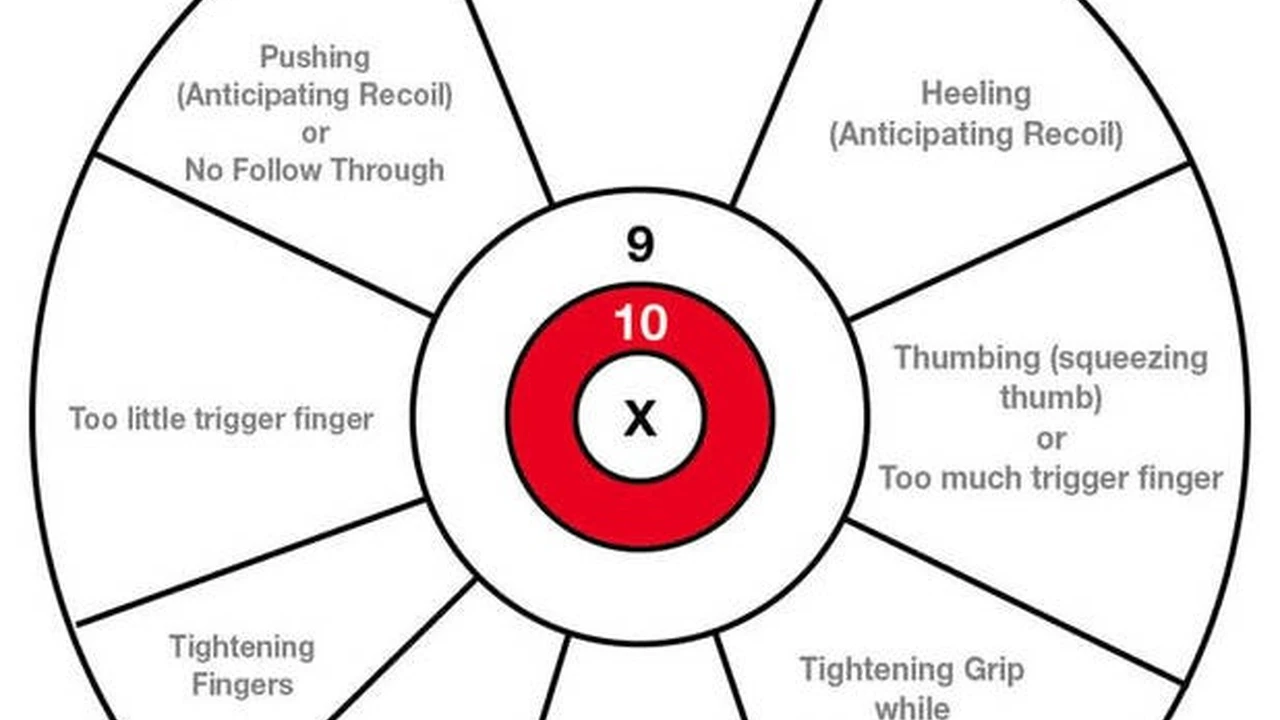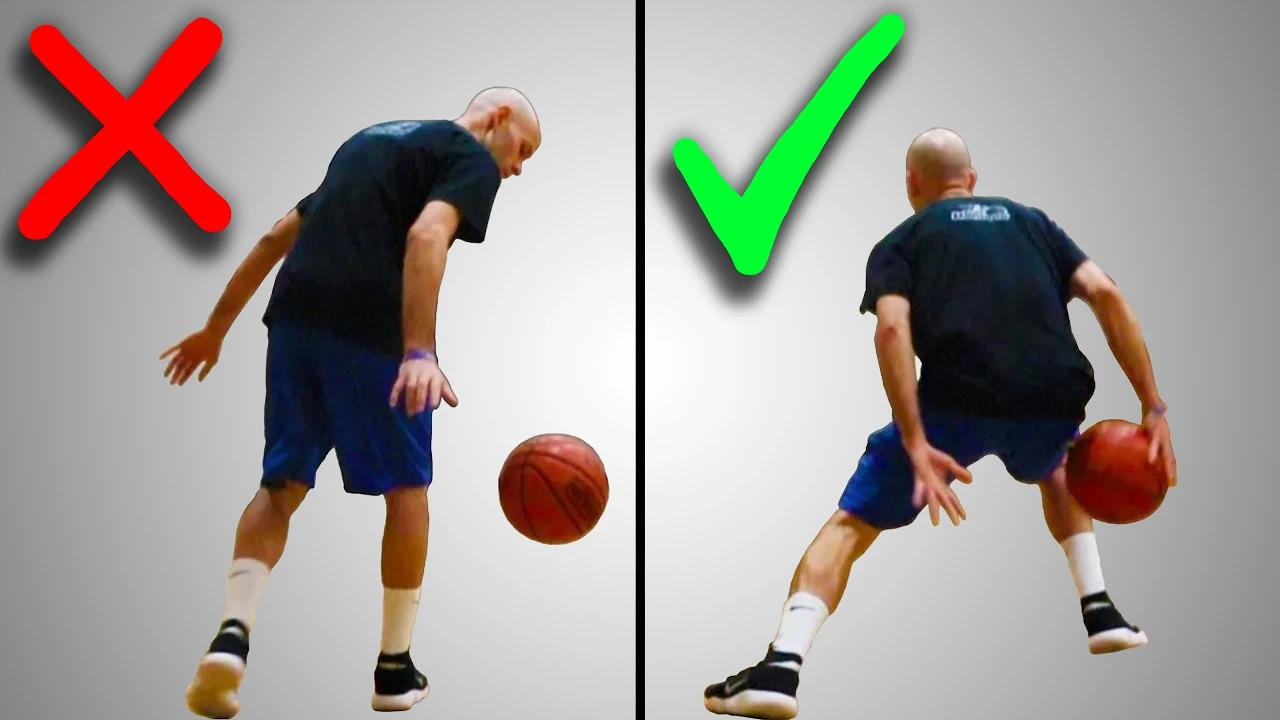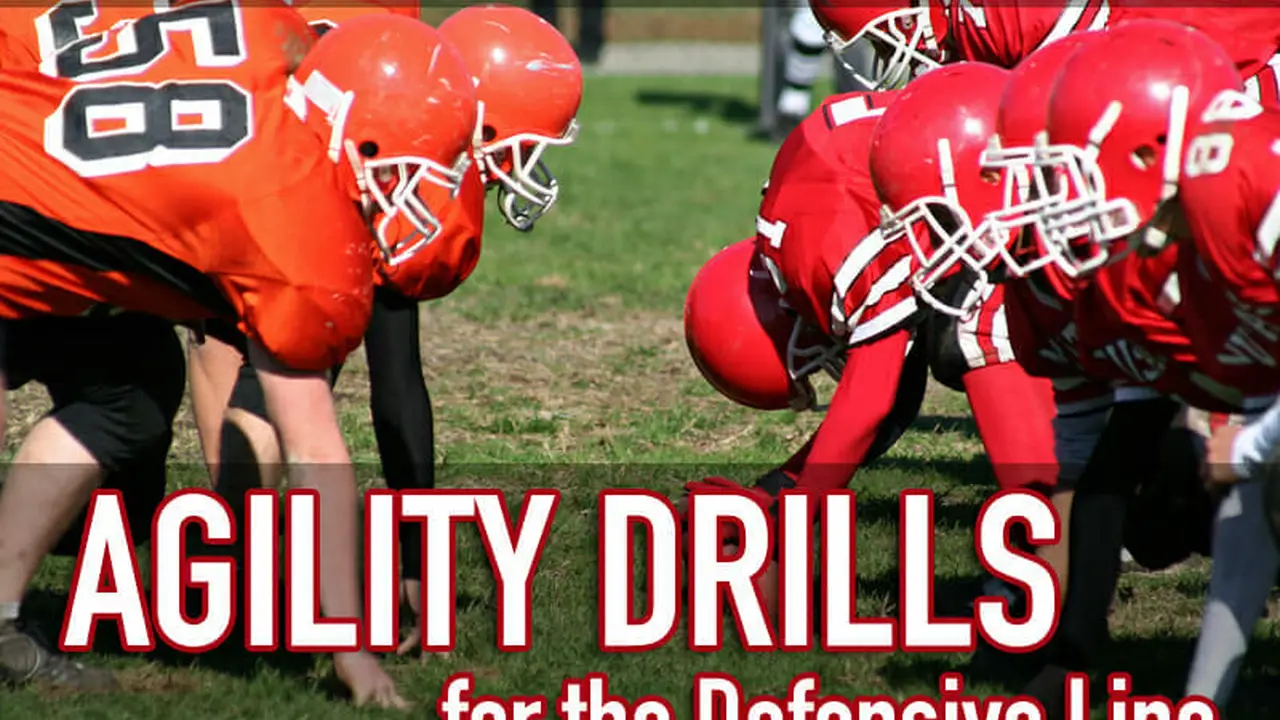Correcting Shooting Mistakes_ Troubleshooting Guide
Basketball is a game of skill, strategy, and precision, and shooting is one of the most critical aspects of the sport. Whether you're a beginner or an experienced player, mastering shooting techniques and incorporating effective drills into your training routine can significantly improve your performance on the court.

Introduction
Basketball is a game of skill, strategy, and precision, and shooting is one of the most critical aspects of the sport. Whether you're a beginner or an experienced player, mastering shooting techniques and incorporating effective drills into your training routine can significantly improve your performance on the court.
This comprehensive guide will cover:
- Fundamentals of Proper Shooting Form
- Different Types of Shots
- Essential Shooting Drills for Improvement
- Mental Approach and Consistency
By the end of this article, you’ll have a deeper understanding of how to refine your shot and become a more reliable scorer.
1. Fundamentals of Proper Shooting Form
A consistent and accurate shot starts with mastering the basics. Here are the key components of proper shooting form:
A. Stance and Balance
- Feet Shoulder-Width Apart: Provides stability.
- Slight Bend in Knees: Helps generate power.
- Shooting Foot Slightly Forward (for most players): Promotes better alignment.
B. Hand Placement and Grip
- Shooting Hand Under the Ball: Fingers spread for control.
- Guide Hand on the Side: Only for balance, not for power.
- Ball on Fingertips, Not Palm: Ensures better touch and rotation.
C. Elbow Alignment
- Elbow Under the Ball: Creates a straight line to the basket.
- 90-Degree Angle (or Slightly Less): Optimizes shooting motion.
D. Follow-Through
- Wrist Flick (Snap): Generates backspin.
- Arm Fully Extended: Ensures proper arc.
- "Reaching into the Cookie Jar" Finish: Helps maintain consistency.
2. Different Types of Shots
Understanding various shooting techniques allows players to adapt to different game situations.
A. Jump Shot
- Most Common Shot in Basketball
- Key Points:
- Jump straight up, not forward.
- Release at the peak of the jump.
B. Free Throw
- A Stationary Shot with No Defense
- Key Points:
- Consistent routine (dribbles, deep breath).
- Focus on form rather than power.
C. Three-Pointer
- Long-Range Shot (Beyond the Arc)
- Key Points:
- More leg power for distance.
- Quicker release to avoid closeouts.
D. Layup
- Close-Range Shot Using the Backboard
- Key Points:
- Proper footwork (right-hand layup: left foot jumps).
- Use high off the glass for better angles.
E. Floater
- Used Against Tall Defenders in the Paint
- Key Points:
- Soft touch with one hand.
- Quick release before the shot blocker reacts.
F. Hook Shot
- Effective for Post Players
- Key Points:
- Use body to shield the defender.
- High release point for better success.
3. Essential Shooting Drills for Improvement
Repetition and focused practice are crucial for developing a reliable shot. Below are some of the best drills to enhance shooting accuracy and consistency.
A. Form Shooting (Close Range)
- Purpose: Reinforce proper mechanics.
- How to Do It:
- Start close to the basket (3-5 feet).
- Shoot with perfect form, focusing on follow-through.
- Gradually move back as you make 10 in a row.
B. "Around the World" (Spot Shooting)
- Purpose: Improve shooting from different spots.
- How to Do It:
- Pick 5-7 spots around the court (corners, wings, top of the key).
- Make a shot from each spot before moving to the next.
- Challenge: Make 3 in a row at each spot.
C. "Catch and Shoot" (With a Partner or Machine)
- Purpose: Simulate game-like shooting off passes.
- How to Do It:
- Have a partner pass to you as you relocate.
- Catch, square up, and shoot in one motion.
D. "One-Minute Shooting Challenge"
- Purpose: Improve shooting under fatigue.
- How to Do It:
- Pick a spot (e.g., elbow or wing).
- Shoot as many shots as possible in one minute.
- Track makes and try to beat your record.
E. "Free Throw Routine"
- Purpose: Build consistency at the line.
- How to Do It:
- Shoot 10-20 free throws with the same routine.
- Goal: Make 8/10 or better before moving on.
F. "Game-Speed Shooting Off the Dribble"
- Purpose: Improve pull-up jumpers.
- How to Do It:
- Dribble hard to a spot, then rise for a shot.
- Alternate between crossovers, step-backs, and hesitations.
4. Mental Approach and Consistency
Great shooters don’t just rely on mechanics—they also train their minds.
A. Confidence is Key
- Visualize Makes Before Shooting
- Short Memory: Forget misses, focus on the next shot.
B. Repetition Builds Muscle Memory
- Shoot Hundreds of Shots Daily
- Quality Over Quantity: Focus on perfect form every time.
C. Game-Like Situations
- Practice Under Fatigue (e.g., after sprints).
- Simulate Pressure (e.g., "Game-winning shot" drills).
Conclusion
Mastering shooting in basketball requires a combination of proper technique, targeted drills, and mental discipline. By breaking down each component—stance, hand placement, follow-through—and incorporating structured practice routines, players can develop a reliable and deadly shot.
Remember: Consistency is the key to greatness. Whether you're working on free throws, three-pointers, or mid-range jumpers, deliberate practice will lead to noticeable improvement.
Now, grab a ball, hit the court, and start sharpening your skills—one shot at a time!
:max_bytes(150000):strip_icc()/277019-baked-pork-chops-with-cream-of-mushroom-soup-DDMFS-beauty-4x3-BG-7505-5762b731cf30447d9cbbbbbf387beafa.jpg)






